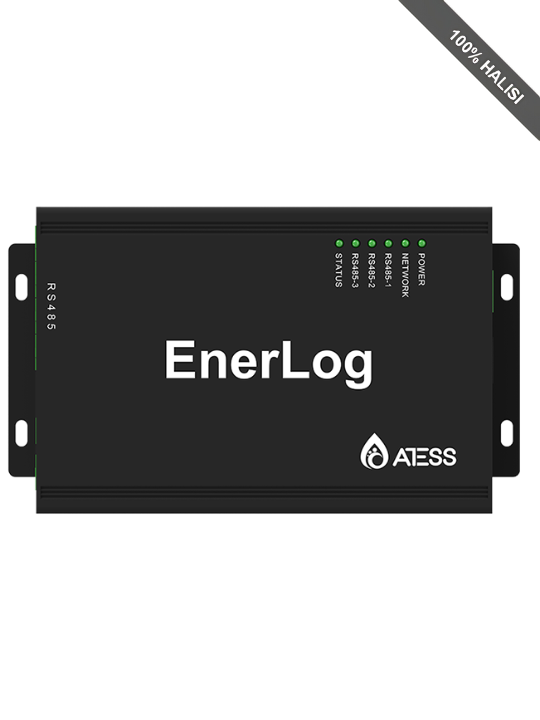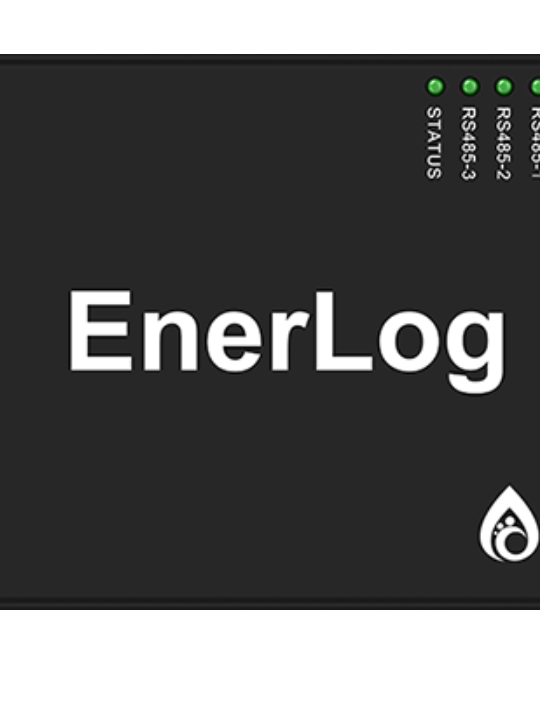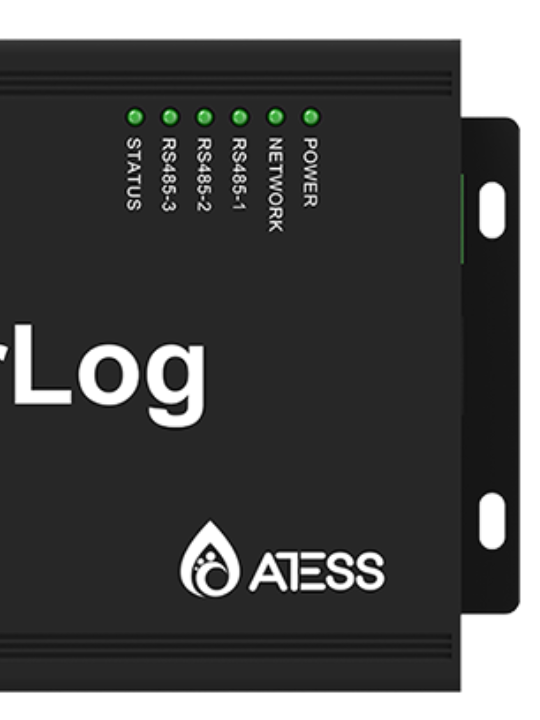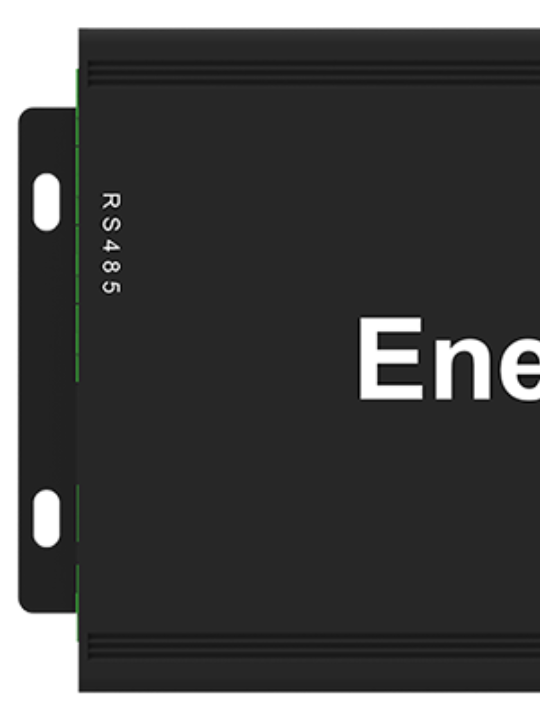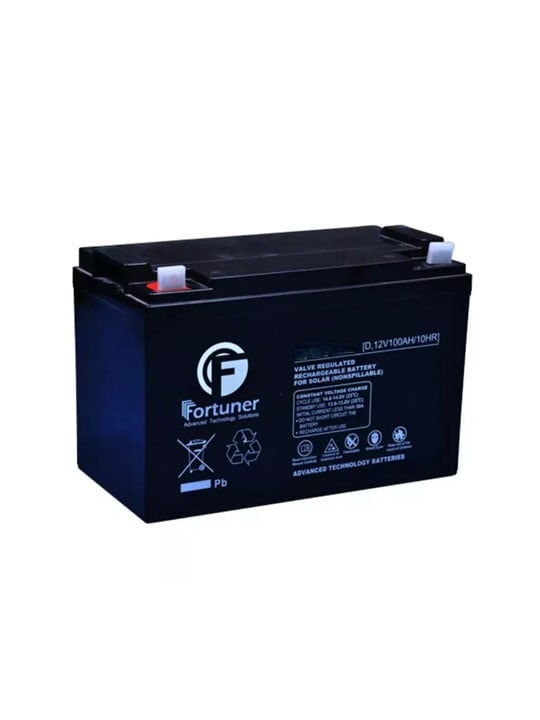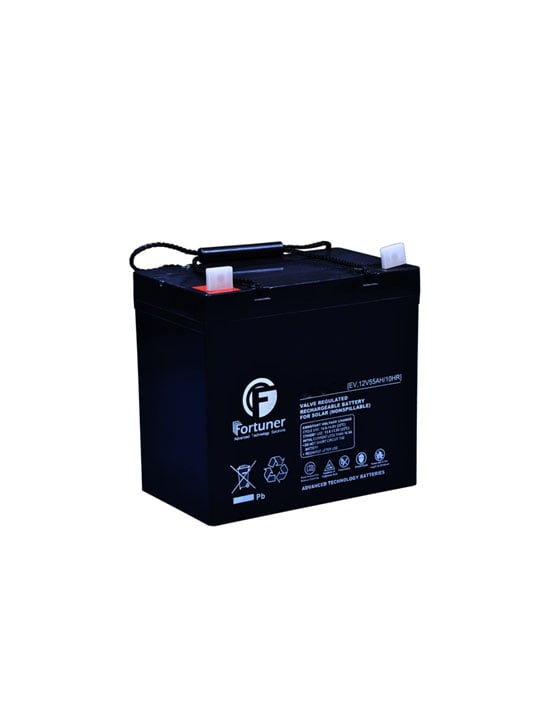The Atess EnerLog – 10-ATT-0800 is a powerful, compact, and cost-efficient remote monitoring device designed for diverse energy applications. Its robust communication, multi-unit capability, and ease of use make it a strong choice for expanding solar and hybrid energy ecosystems in Tanzania. It supports operational resilience, accessibility, and scalability—particularly valuable in emerging markets where off-grid and hybrid systems are gaining traction.
Features & Benefits
Multi-Unit Integration
Supports monitoring of up to 32–60 devices, depending on configuration, and multiple RS-485 channels for large systems.
Zero-Export Capability
Enables zero-export control of surplus energy through external sensors—a key grid-tied safety feature.
Easy Local Configuration
Built-in web server simplifies setup and parameter changes through any browser.
Remote Monitoring & Update
Ethernet connectivity allows continuous data sync with the ATESS server and remote firmware updates (via USB or network).
Low Power Draw & Compact Design
Efficiency-friendly with a tiny form factor (~2.5 W, 320 g), ideal for constrained installations.
Resilient Operation
Designed for indoor deployment within wide temperature range (–25 °C to +55 °C), common in tropical regions.
Use Cases & Value Propositions
Residential Solar PV Systems
Offers homeowners real-time system insights (generation, storage, export), enabling proactive performance monitoring.
Commercial & Industrial Installations
Centralizes energy system data across multiple units—great for SMEs, commercial buildings, and industrial facilities looking to optimize energy usage.
Microgrid & Off-Grid Solutions
In isolated locations, Power systems (e.g., solar + batteries + generator) can be monitored and controlled reliably.
Hybrid/Grid-Connected Systems
Facilitates grid compliance and optimizes export control, maximizing self-consumption and avoiding penalties.
Battery Energy Storage Systems (BESS)
Helps to track runtime, performance, and health of batteries—key for system longevity and maintenance.
Value Proposition for the Tanzanian Market
Enabling Energy Access
In Tanzania, especially in rural/peri-urban areas, many solar systems are being deployed as off-grid or microgrid solutions. EnerLog allows reliable monitoring and control—boosting energy security and maintenance efficacy.
Boosting Operational Efficiency
Equipment downtime in remote areas is costly. EnerLog’s remote data access and alerts reduce the need for frequent site visits—saving time and operational expenses.
Scalable for Growth
The ability to monitor dozens of devices allows Tanzanian installers and energy service providers to scale installations without costly per-unit monitoring upgrades.
Low-Cost, Low-Maintenance
Low power draw and passive design reduce maintenance requirements—valuable in regions with limited technical resources and infrastructure.
Facilitating Regulatory Compliance
Tanzania’s evolving energy codes may require data logging and grid export control—EnerLog’s zero-export function and logging help meet those emerging standards.
Technical Specifications:
| Parameter |
Details |
| Connectivity |
RS-485 (Modbus) to devices; Ethernet (TCP/Modbus TCP) to server |
| Device Capacity |
Monitors up to 32 devices (some configurations support up to 60 via 3 channels) |
| Power Supply |
Input: 100–240 V AC (50/60 Hz); Output: 12 V (±15%), 1 A DC; optional 12–24 V DC input |
| Power Consumption |
~2.5 W |
| Communication Range |
RS-485 up to 500 m; Ethernet supports standard LAN |
| Dimensions |
175 × 105 × 31 mm |
| Weight |
~320 g |
| Operating Temperature |
–25 °C to +55 °C |
| Installation |
Indoor use |
| Additional Interfaces |
Two RS-485 ports (inverter & battery), USB-A (firmware updates), DC power port (12–24 V), remote firmware update capability |

